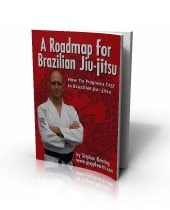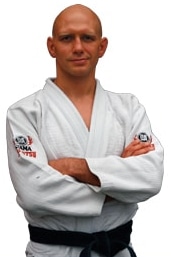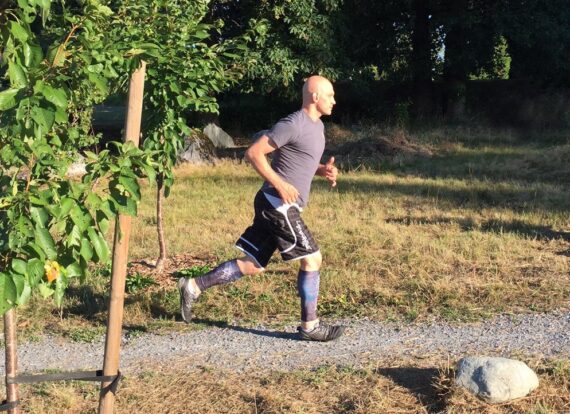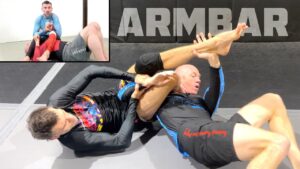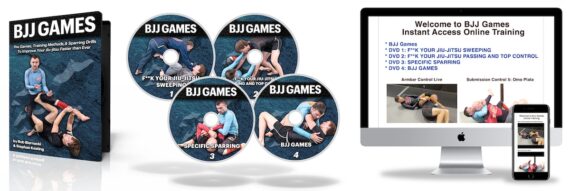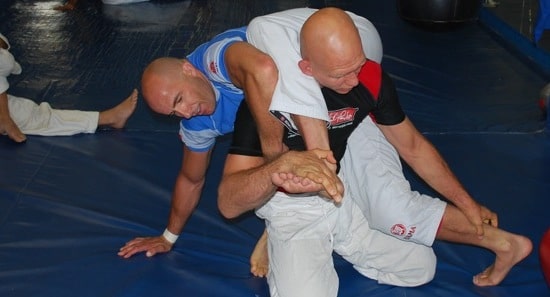
Today I want to talk about how to best allocate your training time in BJJ.
You’ve probably heard the saying that “BJJ is a marathon, not a sprint,” right? Well, if BJJ is a marathon then we should also train it as if we were getting ready for a marathon!
Now I used to do a LOT of running. Bruce Lee called it “The king of exercises“, and he was right.
(Sadly, since my hip replacement, I have low-impact methodologies for cardio like rowing, uphill rucking, assault bike, and Stairmaster, but nothing beats running for efficiency.)
The classic mistake newbie runners make – myself initially included – is going as hard as possible on every run. Time is limited, they think, so I might as well go hard to get as much as I can out of every workout.
That kind of training is a mistake; it inevitably leads to injury, burnout and stagnation.
The reality is most elite marathon runners spend very little time in the red zone.
Instead they spend the vast majority of their time running in zone 2, which is a relatively easy pace you can maintain and still have a conversation.
By going at a that reasonably slow pace, they increase the time spent on their feet, improver their ability to metabolise fat, and improve the efficiency of their running form.
Then they use small doses of more intense training like hill sprints and tempo runs to put final edge on the blade they’ve been forging.
We should do the same in jiu-jitsu.
High volume training gives you a breadth and depth of experience in as many different positions as possible. It’ll also allow you to experiment and explore without a prohibitive cost of failure.
But you simply can’t get to high volumes of training if you’re injured or exhausted all the time.
That’s why you should make lots of easier rounds the mainstay of your training.
You might moderate the intensity of your rolling using training techniques like…
- Flow rolling which can be encouraged in different ways, for example using the California Roll methodology developed by Jesse Walker.
- Positional sparring where we restrict our starting and our finishing positions in each round.
- Games and sparring drills like the armbar control drill, the armless guard drill, and other training methods covered in Rob Biernacki’s BJJ Games instructional.
Of course, easy rolling and constrained rolling aren’t all you’re going to do…
Once in a while you’ll also do harder sparring sessions where you’re left gasping for air at the end of the round. You need those gut checks too, just in moderation.
In general we should prioritise QUANTITY OVER QUALITY when it comes to mat time.
Like extreme endurance athlete Mike McCastle said, “Train frequently, test rarely.”
Stephan
BJJ Games
The brand new BJJ Games instructional answers the most exasperating problem in jiu-jitsu: how to train so that you can actually apply techniques against resistance in sparring and competition.
This four-volume instructional uses a system of ground-breaking games and live drills to make your techniques smooth and instinctive. With this play-based method you’ll get more out of each training session, waste less time, and get better at jiu-jitsu much faster.
Click here for more info about BJJ Games
